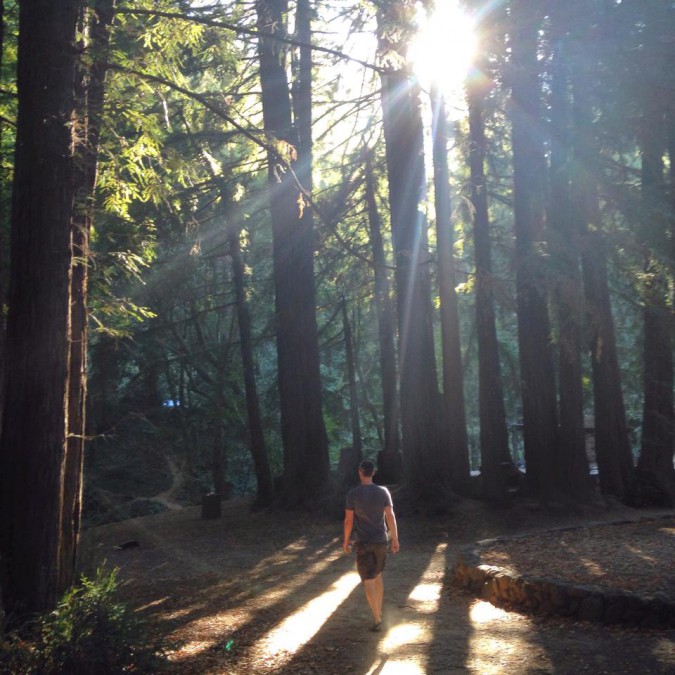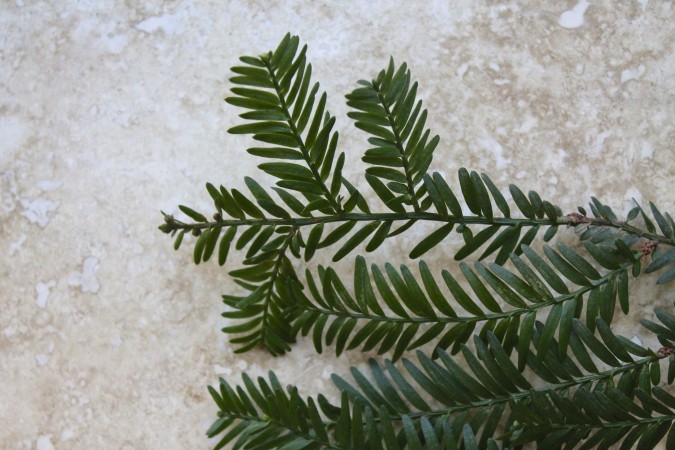We live near the forest now – a forest of redwood trees.
We step out our front door and out the green gated entrance to our cottage, walk about 200 feet and we are under a canopy of beautiful, old trees with soft gentle bark and deep, grounded roots.

I recently went on an herb walk with some herbalist elders, and they taught me about making tea with the freshly foraged green needle tips of the Redwood. As soon as I heard this, I felt a shudder of excitement and knowing run through my bones. Drinking a tea of the redwoods felt like a healing and sacred thing.
Let me tell you why.
When you think of the Redwood tree, what qualities come to mind?
For me, it’s perseverance and endurance. Redwood trees are fire and insect resistant and can last through years of drought and forces of nature like fierce floods and high winds.
There’s also a sense of being grounded, as the roots of the Redwood can extend out wide up to 100 feet from the trunk.
And then there’s community and connection. One root can sprout many trees, often in a circle forming what is often called a “fairy ring.” And (I find this to be most beautiful), if a tree falls, it will generate a new rings of trees around the stump – honoring the fallen and strengthening the tribe.
When you make a tea of the fresh, green needles of a redwood tree, you are drinking in all those qualities of the tree – allowing them to flow through your body and permeate your being. Calling in strength, endurance, connection, and community.

Tea of the Redwood
- 2 tbsp fresh green redwood needle tips
- 1 cup hot water
Pluck the needles off the main stem to release their oils and aroma. Pour hot water over the needles and let steep for at least 10 mins (placing a plate over your cup to keep it warm). Remove the needles and sip slowly to savor the flavor and energy of the redwood tree.
